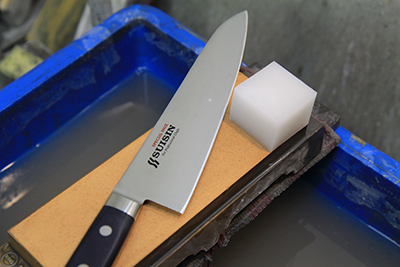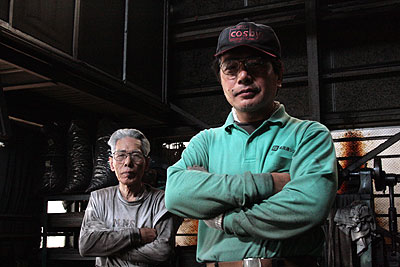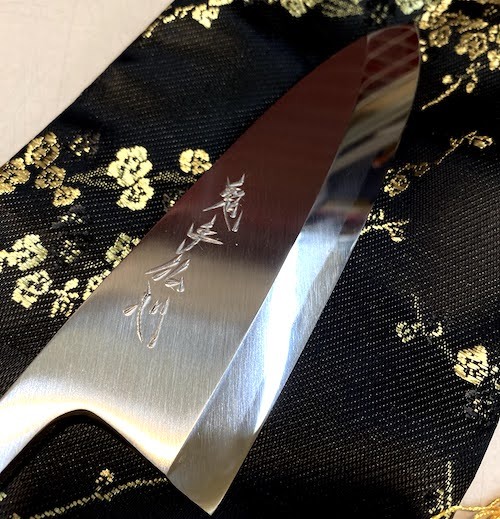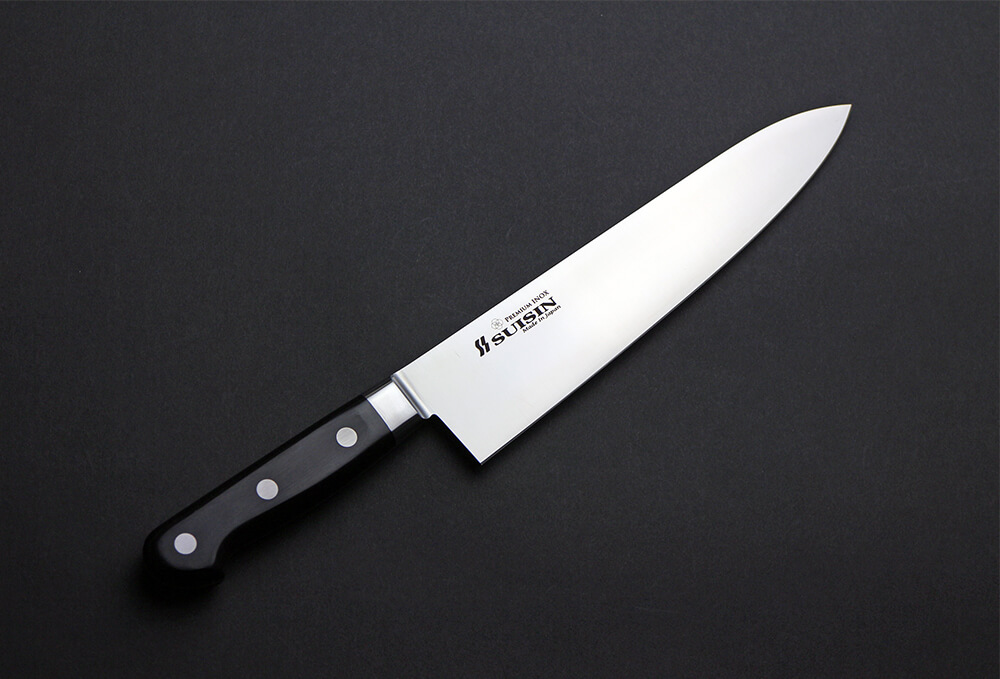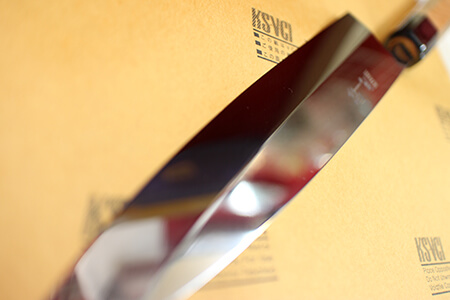Convex Edge Treatment for Knives
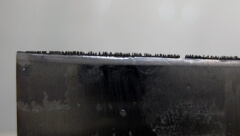
To achieve a sharp edge through sharpening, what do you think is crucial? Personally, I find Convex Edge Treatment to be the most significant. While thinning the blade to enhance cutting performance is essential, the post-thinning treatment of the blade edge is equally critical. Steels with good resilience, such as blue steels or stainless steels, often resist forming a Convex Edge. Conquering this aspect can result in surprisingly improved sharpness.
In the final steps of Uraoshi, techniques like rocking the blade from side to side or using a melamine sponge play a role in dealing with Convex Edges. However, for those who prefer using a whetstone to achieve a defined Convex Edge, the question arises: What’s the best approach? One answer is to perform a final straightening of the whetstone surface to clear any buildup, typically done at the very end of the sharpening process.
This fact is often unknown to those finishing their sharpening routine, assuming that concluding the sharpening session is simply an extension of the previous steps. At this point, the whetstone surface may be contaminated with the residue of the knife’s sharpening process, creating a thin film or coating on the whetstone surface. Removing this residue before the final sharpening can make a significant difference.
However, as the condition of the whetstone changes, there’s a significant possibility that the sharpening lines may alter, and the visual appeal might not be as pristine.
Not all knives can undergo this process, so feel free to experiment with your own knives when you have the time.
Hibishugyo
- 2014-10-31

